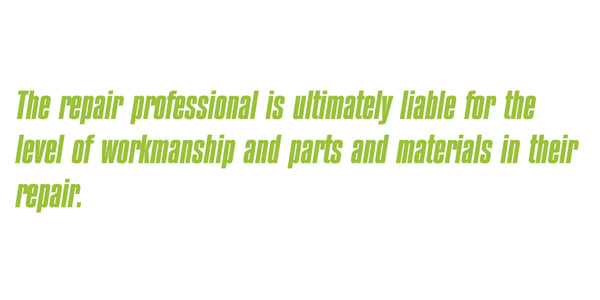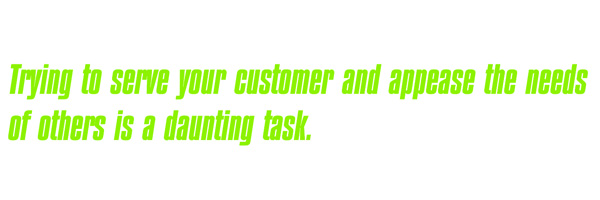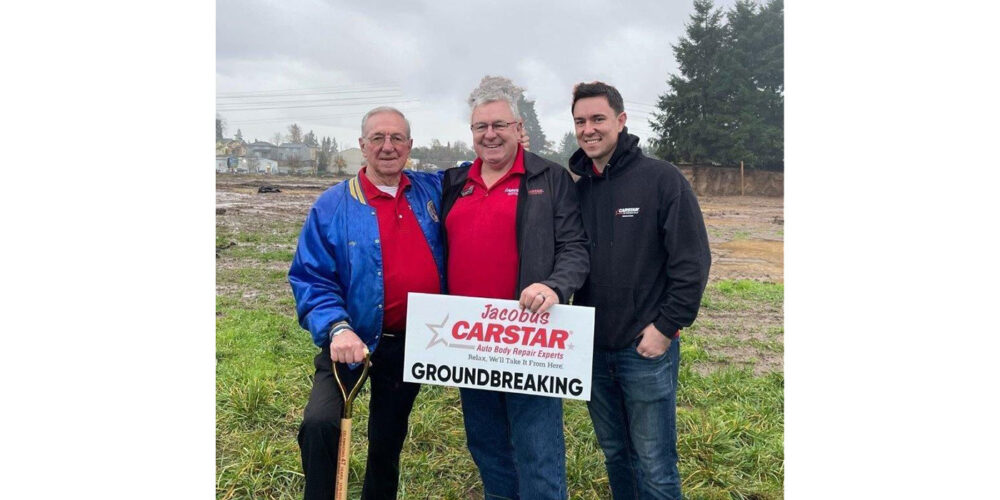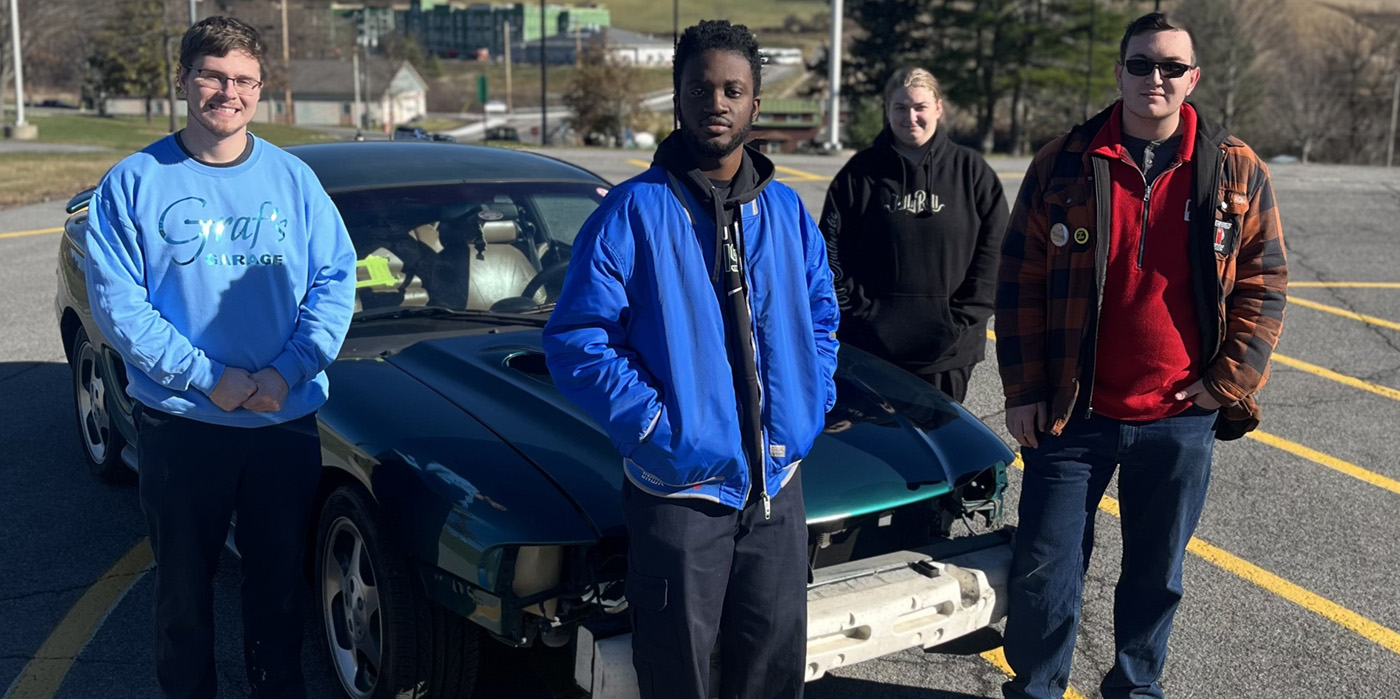
Liability for repairers has been an issue since the first chariot repair shop opened, but those liabilities have grown with technological advances and the $30-plus-million-dollar verdict against John Eagle Collision Center. I suspect the lid has been ripped off the “can of worms,” and many legal professionals are eyeing the many possibilities the collision repair industry offers plaintiff attorneys across the country.
The liabilities are real, significant and numerous for collision repair companies and those who work for them. Administration and technical staff will be as vulnerable as surgeons and other practitioners where the potential for error is high, the potential for personal injury is present and the looming damages significant. Other vulnerable people who come to mind are those who re-pack parachutes and refill scuba tanks!
Causes of Failure
There are numerous things a repairer should do to protect themselves, their company and their employees … as well as their customers.
In professions where others rely on the practitioners for their knowledge and expertise, failures are generally caused by three things:
- Ignorance
- Gross incompetence and/or
- Intentional misrepresentation
Consider too that these three things may be the result of an insurance claims person’s activities (or lack thereof) in preparing their repair estimates, approval and/or denial of processes, parts and materials, etc. Generally, neither the claims person nor the insurer will be found liable for any shortcomings in a repair simply because they don’t perform repairs!

The repair professional is ultimately liable for the level of workmanship and parts and materials in their repair. They alone are responsible – unless they take steps to shield themselves or shift avoidable liabilities away from themselves. So what should repairers do to protect themselves?
- Repairers should seek and secure ample liability insurance coverage from a reliable insurer for their business and the actions of their employees.
- Repairers should have a well-crafted repair authorization/contract that clearly outlines the relationship between themselves and their customer and the duties and responsibilities of both.
- The repair authorization/contract should provide caveats, limitations and expectations that both the repairer and customer should clearly understand, adhere to and abide by.
- Repairers should have written policies and procedures for the handling of re-occurring issues for consistent processes and word tracks.
Relationships
Repairers should understand their relationship with the parties they interact with and do so with the utmost professionalism and meticulous attention to detail – and I am not merely referring to performance of the repair. I am referring to their interactions with their customer and those who may become involved in the customer’s repair process. This may include internal staff as well as outside parts personnel, sublet service providers, vendor representatives, insurer claims people and others.
As illustrated in the John Eagle case and substantial jury award, one should not underestimate the potential ramifications of not following sound business principles no matter how minor or mundane they may seem at the time. A simple handwritten note in the border of a repair authorization/contract can have a profound and devastating effect on a matter that may go to litigation. I should know – I lost what appeared to be a “slam-dunk” case against a large national insurer due to such a note made in pencil by my office manager in the document’s border. The insurer’s legal counsel was able to use this simple note to win the case. It was a fairly expensive and hard lesson we learned to never repeat.
Procedures and Processes
With new technologies abounding and potential liabilities increasing, a company’s future and continued success will depend upon its procedures, processes and day-to-day handling of hundreds of tasks and activities, all of which must be developed, implemented and monitored to ensure fundamental and consistent handling by each and every employee. The following is a list of processes that are often overlooked or not even considered by many collision repairers across the country:
- Failure to have a well-crafted repair authorization/contract
- Failure to attain a customer’s signature on a repair authorization/contract
- Failure to properly document communications with customers and others involved in their claim when applicable
- Notifying the customer of the call for the use of alternative parts (i.e. salvaged/recycled, aftermarket, reconditioned, “opt-OE,” etc.)
- Approval for the employment of alternative parts (other than new OEM replacement parts) with liability waiver/hold-harmless, etc.
- Written notice to the customer whereas proper compensation for required and/or recommended processes, parts and materials have not been provided for or have been denied
- Notice of Lien where applicable within the time frame called for by local and state mandates, regulations and/or statutes
Of course, there are many other situations that repairers may be confronted with on a daily basis that call for special handling and notice to the customer, all of which, if not performed properly, could create unnecessary liabilities and risks for a repairer, their company and their staff. These are also notifications and communications that customers generally appreciate and build goodwill, trust and confidence between them and the repairer.
The old adage, “An ounce of prevention is worth a pound of cure,” is most applicable in the collision repair industry, especially where outside third-party interference is a common issue of contention and constant concern for quality-minded repairers and their customers. Trying to serve your customer and appease the needs of others is at best a daunting balancing act and one that rarely serves the best interests of all parties – and one that can often lead to the repairer being placed in the greatest jeopardy with the least reward.
What to Do
So what is a repairer to do? Where do they turn to learn what is needed to protect themselves and prepare to avoid such issues? One can learn by their mistakes as I did over my 30-plus years as an owner/manager, or they can tap into other repairers’ experiences in hopes of receiving viable information that, in their time of need, will prove to be beneficial. Or, as our repairer clients do, they can seek such information through professional industry consultants – advisers who offer the knowledge and materials to help repairers become prepared and implement the needed documentation and processes to avoid such issues, turning potential liabilities into improved customer service and greater profitability.

Some of you reading this will not understand or see the need to augment your business practices, just like some who have had growing concerns over time but don’t know how to go about addressing them. I can assure you all that the potential liabilities are real and can be significant. And such concerns will only grow as the auto industry evolves, vehicles continue to get more costly and the legal community sees the ever-increasing potential for litigation.
Those open-minded repairers who choose to be proactive and begin to take the steps today will be better-prepared should an issue arise. Those who do not will be ill-prepared and susceptible to easily avoidable liability and the significant costs and heartache that will likely follow. The minimal costs in prevention will no doubt pale in comparison to the cost of dealing with the alternative.













